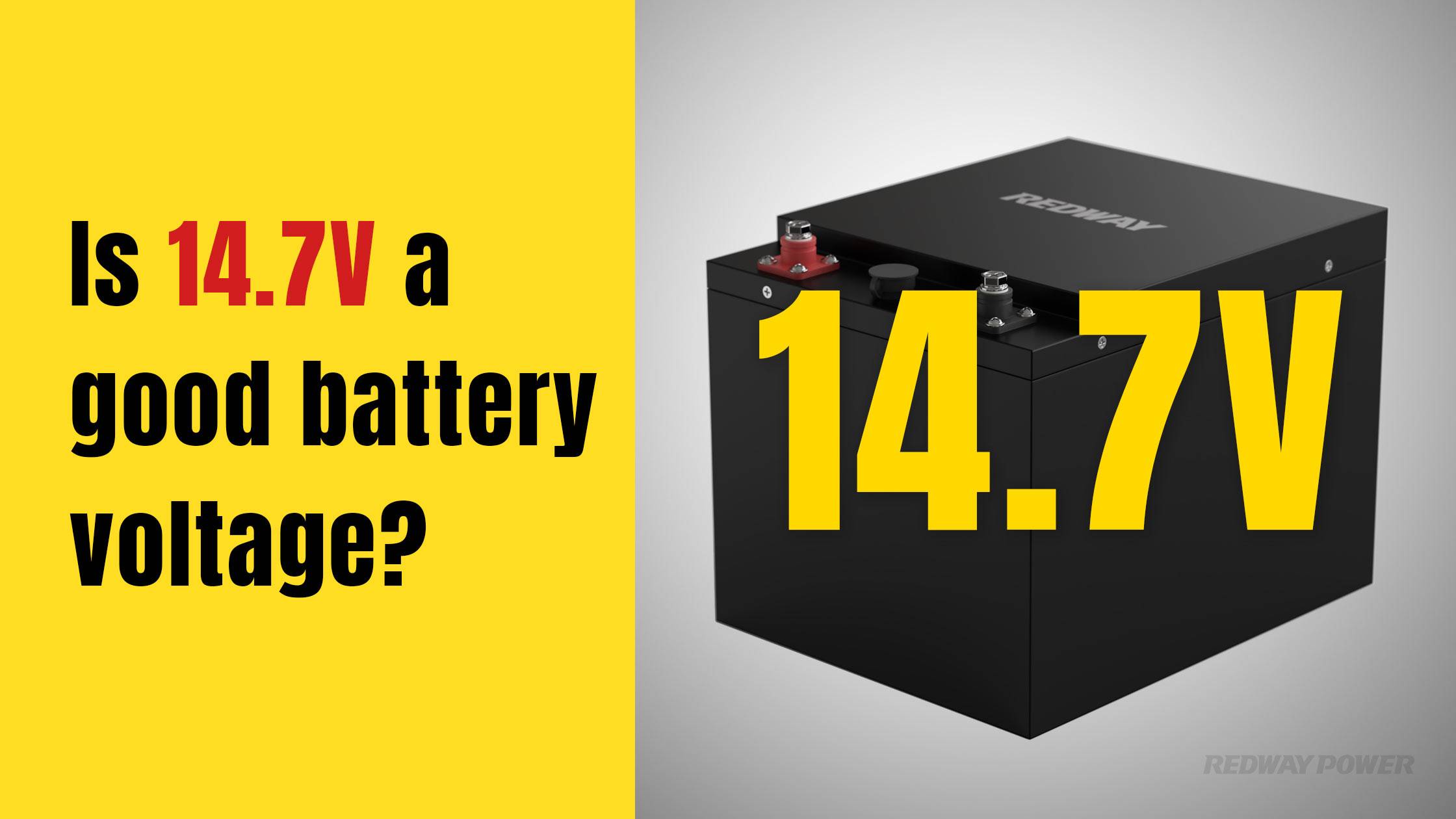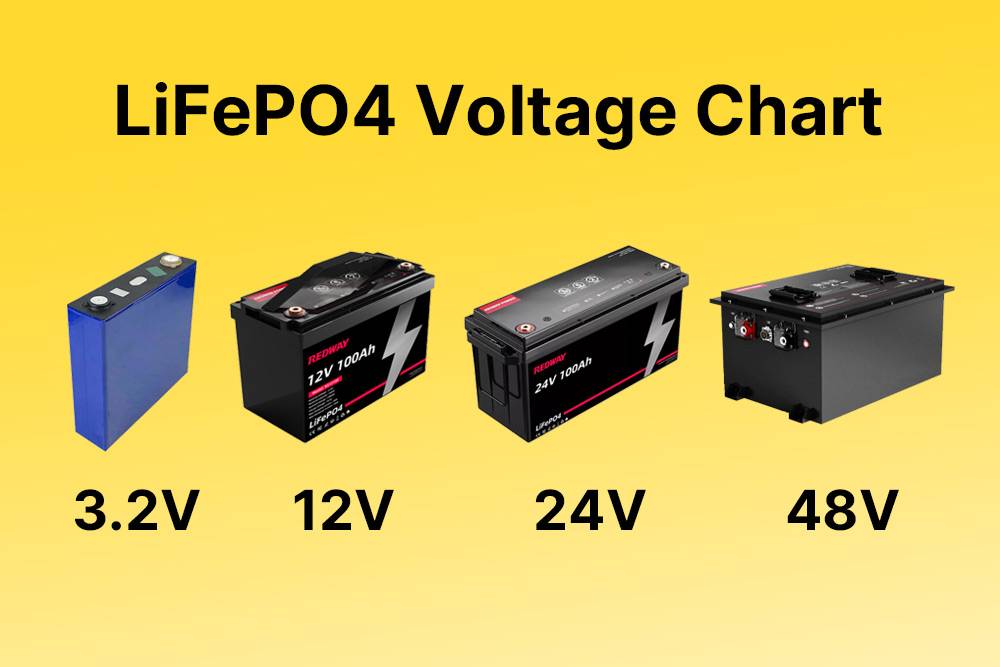- Forklift Lithium Battery
-
48V
- 48V 210Ah
- 48V 300Ah
- 48V 420Ah (949 x 349 x 569 mm)
- 48V 420Ah (950 x 421 x 450 mm)
- 48V 456Ah
- 48V 460Ah (830 x 630 x 590 mm)
- 48V 460Ah (950 x 421 x 450 mm)
- 48V 460Ah (800 x 630 x 600 mm)
- 48V 460Ah (820 x 660 x 470 mm)
- 48V 500Ah
- 48V 560Ah (810 x 630 x 600 mm)
- 48V 560Ah (950 x 592 x 450 mm)
- 48V 600Ah
- 48V 630Ah
-
48V
- Lithium Golf Cart Battery
- 12V Lithium Battery
12V 150Ah Lithium RV Battery
Bluetooth App | BCI Group 31
LiFePO4 Lithium
Discharge Temperature -20°C ~ 65°C
Fast Charger 14.6V 50A
Solar MPPT Charging - 24V Lithium Battery
- 36V Lithium Battery
- 48V Lithium Battery
-
48V LiFePO4 Battery
- 48V 50Ah
- 48V 50Ah (for Golf Carts)
- 48V 60Ah (8D)
- 48V 100Ah (8D)
- 48V 100Ah
- 48V 100Ah (Discharge 100A for Golf Carts)
- 48V 100Ah (Discharge 150A for Golf Carts)
- 48V 100Ah (Discharge 200A for Golf Carts)
- 48V 150Ah (for Golf Carts)
- 48V 160Ah (Discharge 100A for Golf Carts)
- 48V 160Ah (Discharge 160A for Golf Carts)
-
48V LiFePO4 Battery
- 60V Lithium Battery
-
60V LiFePO4 Battery
- 60V 20Ah
- 60V 30Ah
- 60V 50Ah
- 60V 50Ah (Small Size / Side Terminal)
- 60V 100Ah (for Electric Motocycle, Electric Scooter, LSV, AGV)
- 60V 100Ah (for Forklift, AGV, Electric Scooter, Sweeper)
- 60V 150Ah (E-Motocycle / E-Scooter / E-Tricycle / Tour LSV)
- 60V 200Ah (for Forklift, AGV, Electric Scooter, Sweeper)
-
60V LiFePO4 Battery
- 72V~96V Lithium Battery
- Rack-mounted Lithium Battery
- E-Bike Battery
- All-in-One Home-ESS
- Wall-mount Battery ESS
-
Home-ESS Lithium Battery PowerWall
- 24V 100Ah 2.4kWh PW24100-S PowerWall
- 48V 50Ah 2.4kWh PW4850-S PowerWall
- 48V 50Ah 2.56kWh PW5150-S PowerWall
- 48V 100Ah 5.12kWh PW51100-F PowerWall (IP65)
- 48V 100Ah 5.12kWh PW51100-S PowerWall
- 48V 100Ah 5.12kWh PW51100-H PowerWall
- 48V 200Ah 10kWh PW51200-H PowerWall
- 48V 300Ah 15kWh PW51300-H PowerWall
PowerWall 51.2V 100Ah LiFePO4 Lithium Battery
Highly popular in Asia and Eastern Europe.
CE Certification | Home-ESS -
Home-ESS Lithium Battery PowerWall
- Portable Power Stations
Is 14.7 Volts a Good Battery Voltage?

Understanding whether 14.7 volts is a good charging voltage for batteries, particularly 12V lead-acid batteries, is essential for maintaining battery health and longevity. A charging voltage of 14.7 volts is generally considered acceptable, especially during the bulk charging phase, but it can vary based on battery type and condition.
What is the typical voltage range for a fully charged 12V battery?
A fully charged 12V lead-acid battery typically exhibits a resting voltage of about 12.6 to 12.8 volts when not under load. During charging, the voltage can rise to approximately 13.8 to 14.7 volts depending on the charger used and the specific requirements of the battery chemistry.Chart: Voltage Ranges for Fully Charged Batteries
| State | Voltage Range |
|---|---|
| Resting (Fully Charged) | 12.6 – 12.8 V |
| Charging | 13.8 – 14.7 V |
How does charging voltage affect battery health?
Charging voltage directly influences how well a battery charges and its overall lifespan. If the voltage is too low, it may not fully charge the battery, leading to sulfation in lead-acid batteries, which can reduce capacity over time. Conversely, if the voltage is too high, it can cause overheating and damage to internal components, leading to reduced lifespan.Chart: Effects of Charging Voltage on Battery Health
| Voltage Condition | Effect on Battery Health |
|---|---|
| Too Low (<13.0 V) | Incomplete charge, sulfation risk |
| Optimal (13.8 – 14.7 V) | Full charge, healthy lifespan |
| Too High (>14.7 V) | Overheating, potential damage |
What are the implications of charging at 14.7 volts?
Charging at 14.7 volts is generally safe for most 12V lead-acid batteries, especially during the bulk charging phase when maximum current is applied to bring the battery up to full capacity quickly. However, prolonged exposure to this voltage can lead to overheating and gassing in flooded batteries, which may result in electrolyte loss.Chart: Charging Implications
| Charging Voltage | Implication |
|---|---|
| 14.4 V | Safe for most types |
| 14.7 V | Effective but monitor for heat |
| >15 V | Risk of damage and reduced lifespan |
How do temperature and battery type influence voltage readings?
Temperature significantly affects battery voltage readings, as higher temperatures increase chemical reactions, leading to higher voltage and capacity. Conversely, lower temperatures slow these reactions, resulting in reduced voltage and capacity. Different battery types also respond variably to temperature changes, with some being more sensitive to extremes than others.
Temperature significantly affects both the performance and readings of a battery’s voltage:
- Higher Temperatures: Can increase internal resistance and alter chemical reactions, potentially leading to higher voltage readings during charging.
- Lower Temperatures: Can decrease efficiency, resulting in lower voltage readings.
Different types of batteries also have varying tolerances:
- AGM Batteries: Often tolerate higher voltages better than flooded lead-acid batteries.
- Gel Batteries: Typically require lower maximum voltages (around 14.2 volts) to avoid damage.
Chart: Temperature Effects on Voltage Readings
| Temperature Range | Effect on Voltage |
|---|---|
| Below 0°C (32°F) | Lower effective charge |
| 0°C to 25°C (32°F – 77°F) | Standard performance |
| Above 25°C (77°F) | Higher risk of overheating |
What are the optimal charging practices for lead-acid batteries?
Optimal charging practices for lead-acid batteries include using a smart charger that adjusts voltage based on temperature, avoiding deep discharges, and maintaining a charging voltage of about 2.4 to 2.45 volts per cell. Regularly checking electrolyte levels and ensuring proper ventilation during charging can also enhance battery lifespan and performance.
To ensure longevity and optimal performance when charging lead-acid batteries:
- Monitor Voltage Regularly: Use a multimeter or smart charger that displays real-time data.
- Avoid Constant High Voltages: Limit exposure to voltages above 14.7 volts during regular use.
- Use Appropriate Chargers: Select chargers designed specifically for your battery type (e.g., AGM, flooded).
- Charge in Moderate Temperatures: Ideally charge at temperatures between 10°C and 30°C (50°F – 86°F).
By following these practices, you can help maintain your lead-acid batteries’ health and efficiency over time.Chart: Optimal Charging Practices
| Practice | Description |
|---|---|
| Regular Monitoring | Check voltage frequently |
| Voltage Limitation | Avoid exceeding recommended limits |
| Appropriate Chargers | Use chargers compatible with your type |
| Moderate Temperatures | Charge within ideal temperature ranges |
Redway Power Insights
“Charging your lead-acid battery at around 14.7 volts can be beneficial during initial phases but requires careful monitoring to avoid potential damage from overheating or overcharging.”
Industrial News
Recent advancements in smart charger technology have improved how users manage their batteries’ health by providing real-time data on charge status and environmental conditions. As electric vehicles become more prevalent, understanding optimal charging practices will be crucial for maximizing performance and ensuring longevity across various applications.
FAQ Section
Q: Is it safe to charge a 12V lead-acid battery at 14.7 volts?
A: Yes, it is generally safe during bulk charging but should be monitored to avoid overheating.Q: What happens if I charge my battery at too high a voltage?
A: Overcharging can cause overheating, gassing, electrolyte loss, and reduced lifespan.Q: How can I monitor my battery’s charge effectively?
A: Use a multimeter or invest in a smart charger that provides real-time data on your battery’s status.Q: Are there different maximum voltages for different types of batteries?
A: Yes, different types have varying tolerances; for example, AGM batteries may handle higher voltages better than flooded types.















